How to Grow & Use Spilanthes (Toothache Plant)
Spilanthes is an herbalist’s best friend! The flowers, which look rather eyeball-like due to their shape and coloration, have natural medicinal properties and are a vital part of our herb garden.
We always have a jar of spilanthes tincture in our medicine cabinet! It’s tied with lemon balm tincture for most used herbal remedy in our household. (Learn how to make the tincture below.)
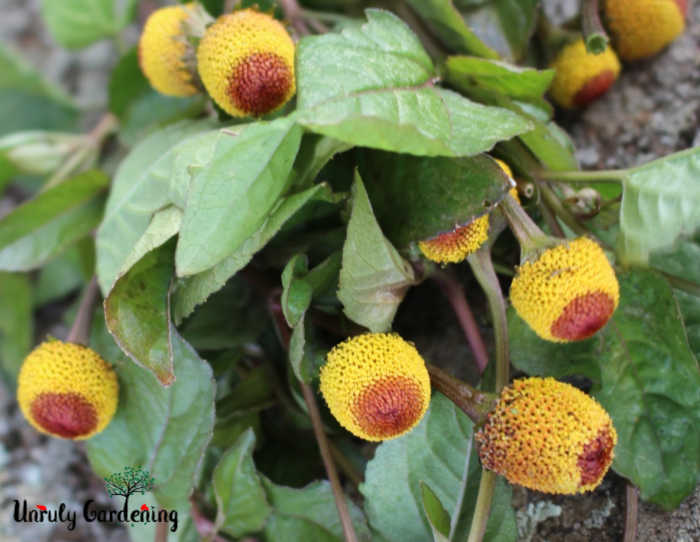
Also called toothache plant, buzz buttons, electric daisy, and eyeball plant, Spilanthes (Acmella oleracea) is a unique plant for your garden.
The plant contains alkylamides – natural bioactive compounds that fight inflammation and microbes. It also makes your mouth tingle and has a sialagogic effect, which means it encourages salivary flow.
Go ahead, pick a fresh flower and try it out! Pop it in your mouth and chew it- within seconds, your mouth will start buzzing and tingling, you’ll produce extra saliva, and then it will numb! This is one of the reasons it makes a great treatment for toothaches (hence its nickname Toothache Plant) – dulling the pain while it fights the microbes causing the pain in the first place.
Growing Details for Spilanthes (Acmella oleracea)
- Plant: Medicinal Herb (Acmella oleracea)
- Color: Leaves are green, with the stalks of the plant varying from green, to almost a dusky pinkish color, to brown. Flowers are bright, vivid gold around the sides with a red center at the top, creating a ‘eye-like’ appearance.
- Days to maturity: 120 days
- Frost-hardy: No
- Lifespan: A cold sensitive tropical perennial, grown as an annual everywhere but USDA zones 10-12.
- When to plant: Start indoors 10-12 weeks before your estimated final frost date for a head start on the season. Warmer climates with long growing seasons can direct-sow seeds into the garden as soon as all possible risk of frost has passed and the soil has warmed.
- Edible: Yes (Medicinal)
- Part used: Flowers
- Requires support: No
Where to Buy
We bought our spilanthes seeds from Strictly Medicinal. Spilanthes is one of the first seeds we ever tried growing and our plants grown from Strictly Medical seeds kept reseeding around the garden for years, until they meandered too far into a mulched garden path and met their end. (We replanted more, of course!)

How to Grow Spilanthes
Spilanthes can be direct seeded into your garden, or grown indoors, then transplanted out to the garden after frost. Spilanthes does not like the cold, so be sure all chance of frost is gone before planting outside.
Method 1: Start Seeds Indoors then Transplant Out
Starting the Seeds:
Fill a container with your preferred soil or seed-starting blend (or fill a tray with soil blocks). Thoroughly wet the soil, allowing excess water to drain out. You want a nice and moist soil, but not a swamp!
Scatter the spilanthes seeds on the surface of the soil, and press in gently with your fingertips. Cover the container with plastic wrap or a greenhouse top, and place somewhere warm and in the light. Preferably, place underneath a growlight- if you don’t have growlights, then put them in your sunniest window.
Seeds germinate quickly, if kept warm and moist- sprouts may appear anywhere from 3-10 days from sowing, likely sooner rather than later.
If growing in a window, rotate the container of seedlings every day or two to prevent leaning. If growing under growlights, then aim to keep the light about 1″ away from the seedlings whenever possible.
Transplanting Outdoors:
Once seedlings are big enough to handle, divide them into their own containers. Don’t let them become rootbound! You may need to pot them up one more time before the growing season, depending on the size of your containers.
When it’s time to transplant the spilanthes plants outdoors, harden them off first somewhere sheltered, like a covered porch, before planting in the garden. They will likely be very dramatic and wilt all over the place: give them a good soaking of water after you plant them, and they should perk back up by the next day!
Spacing: Space spilanthes plants about 1-2 ft apart from one another. As they grow, they tend to form into low little mounds.
Method 2: Direct Sow in the Garden
If your growing season has at least 120 warm days in it, you can direct-sow spilanthes instead of having to start it indoors- though you still might want to start a few plants indoors, anyway!
Outdoor sowing is easy: simply soak the soil, then scatter the seeds on top. Press the seeds into the soil with your fingertips- the seeds need light to germinate, so no need to cover.
Keep the seeds evenly moist as you wait for sprouts. After germination occurs and plants begin to grow, thin out to one plant every 1-2 ft.

Soil, Sun & Water:
Spilanthes likes to be spoiled a good bit: it wants full sun, rich soil, and plenty of water! Amend wherever you plan to place these plants with plenty of good compost. Rich, well-draining soil that’s high in organic matter makes spilanthes a happy plant!
That said, you don’t have to spoil your spilanthes so much. The plants might not get as big or have as many flowers, but we’ve had spilanthes pop up in red clay spots and happily produce enough flowers to make a good-sized jar of tincture.
As for water, this is a water-hungry plant- and it’ll let you know when you’re not giving it enough! Since all climates and location are different, try starting out at 1″ of water a week- if your spilanthes thinks that’s not enough, you’ll soon find your plants drooping and wilting all over the place, floppy-leaved and limp. Hotter, dryer climates will likely need to water more than once a week. Adjust depending on your location’s weather patterns and temperatures.
Deadheading & Reseeding
Keep your spilanthes flowers picked if you want them to keep blooming. You don’t have to pluck them bare, but regular harvesting of the flowers will keep the plant putting out more blooms.
In some climates, spilanthes may reseed itself. Considering how absolutely intolerant of cold this plant is, it’s a bit surprising to see the overwintered seeds pop up in the spring! If you want to encourage your spilanthes to reseed itself, then intentionally leave several of the flowers on the plants to go to seed. They’ll handle the rest!
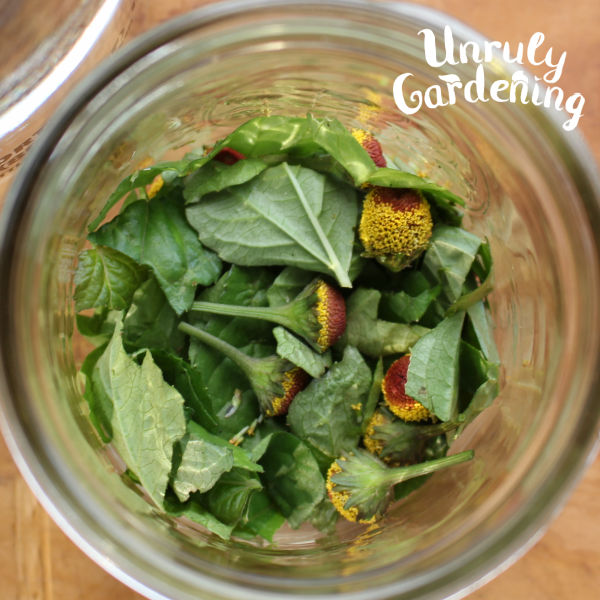
How to Harvest & Dry Spilanthes
Harvesting spilanthes couldn’t be simpler: all you have to do is pick the flowers! They’re best used fresh, or freshly dried.
To dry the flowers, pick them when they’re not wet from rain or dew and spread them out in a single layer on drying screens or clean dishtowels.
Store the dried flowers in a brown paper bag or glass jar out of direct sunlight. Shelf life is about one year, or as long as the flowers have a good color. Faded herbs have lost their potency and should be composted.
Uses for Spilanthes
In some cultures, spilanthes is eaten as a leafy vegetable in soups and stews, and tea is made from the leaves. Primarily in the US however, the flowers, and sometimes the leaves, are used as an herbal medicine rather than food. Because of its taste and ability to cause copious amounts of saliva, we haven’t personally ventured into using it as food (yet!)
Some of the ways that spilanthes is used in herbal medicine is listed below. In our own house, it’s an essential part of our winter cold and flu strategy, and is also helpful anytime you have an iffy stomach, or just feel generally blah.
Spilanthes is used for…
- toothache
- mouth sores
- throat infections
- stomach ache
- colds & flu
- inflammation
- Lyme & malaria
- and it’s even been used in some cosmetics to smooth out wrinkles!

How to Make Spilanthes Tincture
To make the tincture, you’ll need:
- 1 part fresh spilanthes flowers (with or without leaves)
- 2 parts alcohol (100 proof)
If you don’t have fresh flowers, you can use dried, but in this case – fresh makes the best!
Place the flowers, along with a few leaves if you’d like, into a glass canning jar. Use a pair of scissors to roughly chop the plant matter into smaller pieces. (This step is optional, but will increase the amount of surface area for the alcohol to act upon.)
Cover with the vodka, then a lid for the jar. Label, and give the jar a shake before storing in a cool dark place – like a cabinet. Shake the jar every day or so, or as often as you remember to, and allow it to infuse for 4 to 6 weeks. Strain, then store the finished tincture in amber dropper bottles, or a glass jar for larger amount. Shelf life of tincture is one to two years old.
To Use Spilanthes Tincture
You can use anywhere from a few drops at a time, to a full dropperful. We find that just 3 to 4 drops at a time, spaced several times over a day as needed, is effective for us in most cases.
Try mixing spilanthes tincture with a spoonful of honey and a pinch of ground ginger in case of colds, flu, or upset stomach.
You can add a dropper of tincture into a glass of warm salt water and use to swish around your mouth, then spit out. Helpful for toothaches or sore gums.
References & Further Reading
Elufioye, Taiwo O., et al. Chemistry and Pharmacology of Alkylamides from Natural Origin; Revista Brasileira de Farmacognosia-Brazilian Journal of Pharmacognosy; 30, pages 622–640 (2020); 09 Oct 2020.
Sharma, Rahul, et al. N-alkylamides of Spilanthes (syn: Acmella): Structure, purification, characterization, biological activities and applications – a review; Future Foods; Volume 3, June 2021, 100022.
Veryser, Lieselotte, et al. Mucosal and blood-brain barrier transport kinetics of the plant N-alkylamide spilanthol using in vitro and in vivo models; BMC Complementary and Alternative Medicine; 16, Article number: 177 (2016).

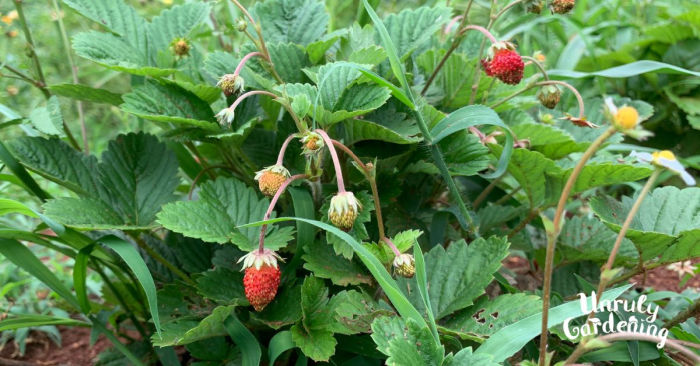
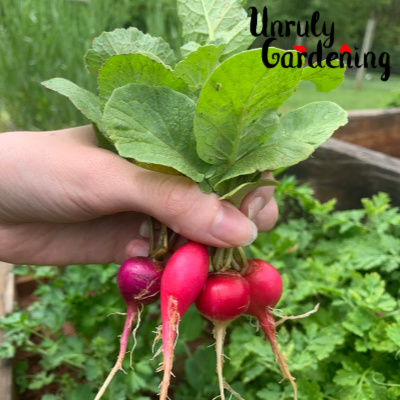
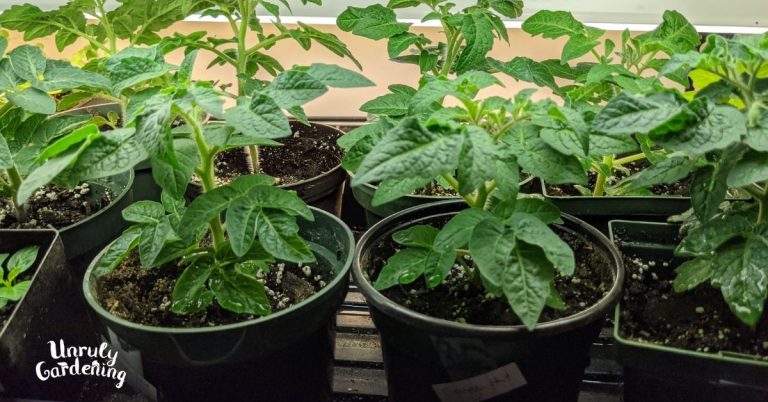
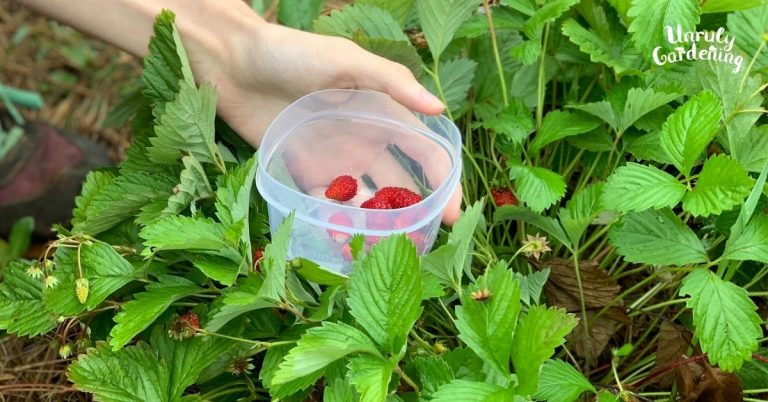
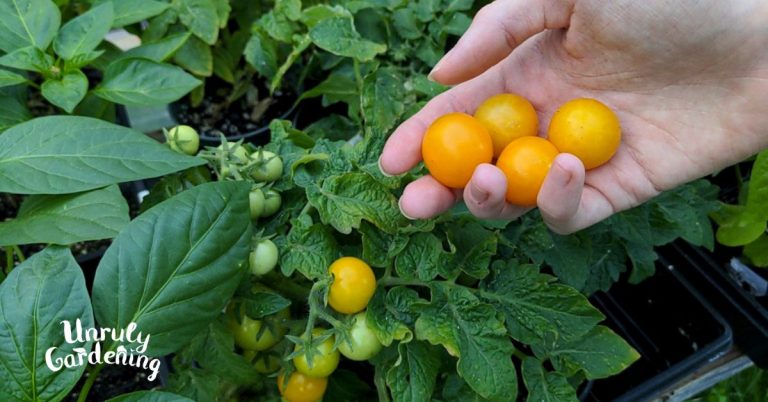
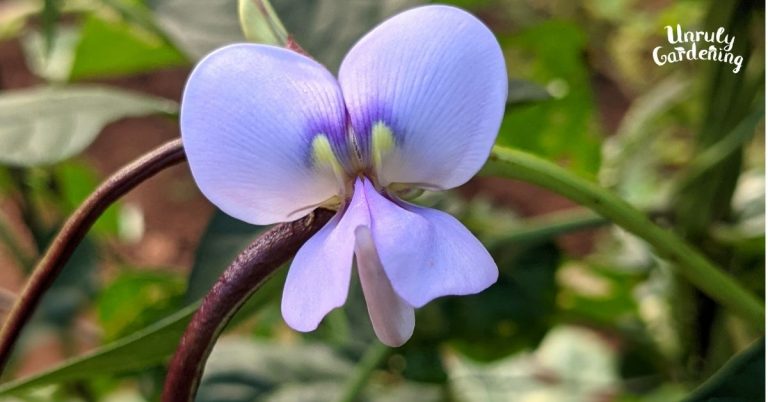
This has been very helpful. Is there a way to make. tincture without using alcohol? Apple Cedar vinegar maybe? Living a sober life and want to avoid alcohol. Thank you.
Hi Nancy! I’ve not tried infusing it in apple cider vinegar myself, but it could very well be worth a test try & see how it goes!
You could also make spilanthes tea instead of tincture. Maybe try 1 tbsp dried spilanthes (or 2 tbsp chopped fresh leaves & flowers) for about 3/4 to 1 cup boiling water. Cover & steep 15 to 20 minutes then test for strength and how it tastes to you, then you can adjust future batches from there.
I planted some seeds and they sprouted promptly. However, it’s been a couple months now and no flowers… just leaves. Anyone have any idea why no flowers are blooming?
Hi Kenneth! It could depend on your climate and growing zone, whether the plants are in sun or shade/rich soil or poor soil, or it just might be that they need to grow older.
Our spilanthes plants keep blooming all the way up until autumn, so unless you’re in an ultra cold zone I would just keep letting them grow and see how they do.
If they never produce flowers this year though, then consider trying a new spot with lots of sunshine & good soil. Hopefully flowers will appear soon for you though!
Can this herb be used in children?
Hi Katelyn! In his book, Making Plant Medicine, herbalist Richo Cech mentions that spilanthes is good for children’s earaches.
Based on that info, I used it with my own school-aged kids.
Some instructors say tinctures should be made with fresh leaves or flowers and others say you must use only dried leaves or flowers because if you use fresh there is a chance of mold or bacteria growth. How do you know which is best, dried or fresh? Thank you!
Hi Wendy! Fresh plants have a higher water content, but as long as you have a high enough alcohol ratio to preserve them, they are perfectly fine to use for tinctures.
I like to use a lot of fresh plants for tinctures whenever I can (with the thought that you get the highest amount of aromatics and beneficial compounds while the plant is ultra fresh), but have no problem using dried herbs if that’s all I have available.
It’s pretty much a matter of personal preference and what types of herbs you have handy. 🙂
When it comes to infused oils though, I do agree that dried is usually better, because moisture in plants combined with oil can create little pockets where mold or bacteria will grow. That’s different than alcohol tinctures since alcohol will prevent bacteria from growing, but oils won’t.
(A few herbs are exceptions for oils – like St John’s Wort flowering tops, or elderberry leaves – in those cases you want to use fresh plant matter, or wilt (but not dry) them before infusing in oil or all of the potency goes away when they dry. In that case, you can cover the top with breathable cheesecloth and use heat.)